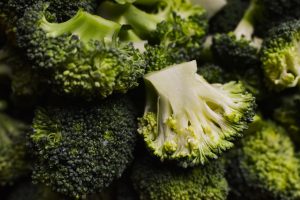`Nature Climate change` journal recently published that temperatures in the Mediterranean basin have risen 1.5 times the global average since the industrial revolution. While the average global temperature rise is about 1 degree, in the Mediterranean basin it stands at 1.5 degrees.

This is in tandem with a noticeable decrease in the annual precipitation volume, and an increase in extreme weather phenomena. For example, this year one of the rarest events ever to occur in the Mediterranean, a magnitude 1 hurricane that hit Crete, occurred. This event is known as a “Medican” (a term combining Mediterranean and hurricane). In addition, it has been reported that over the past 20 years, the Mediterranean Sea level has risen by 6 cm. This data is based on a study performed by Prof. Shulamit Paz of the University of Haifa in collaboration with researchers from seven different countries.
The meaning and implications become clearer as time goes by. Among other things, rapid climate change is causing damage to the main water resources in the Middle East such as decreasing groundwater levels and allowing saltwater infiltration, and drying up the large rivers and freshwater basins. Professor Paz also draws a direct line between pandemics in the Mediterranean basin (like the Leishmania epidemic and the West Nile fever) and the warming process.

The following graph, published on the BBC, describes the hottest years in recent decades. The good news: 2018 is not the hottest year. The less good news – the trend is clear, it is getting warmer and warmer. Approximately 200 countries’ representatives are scheduled to meet in Poland to discuss the issue of global warming. Global warming and climate change are facts that must be discussed, not speculations nor political issues. This is something the whole world needs to think about. Now.

Two additional thoughts to consider. Firstly, China alone is responsible for 26.6% of global greenhouse gas production. Followed by the US with 13.1%.

Second, the most polluting industry is the meat industry.
The full study is at the following link:
https://www.nature.com/articles/s41558-018-0299-2?WT.feed_name=subjects_agriculture



